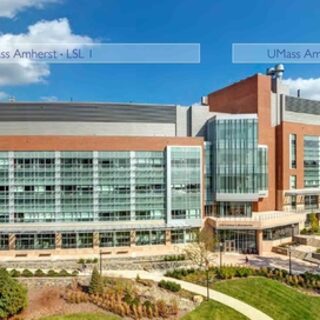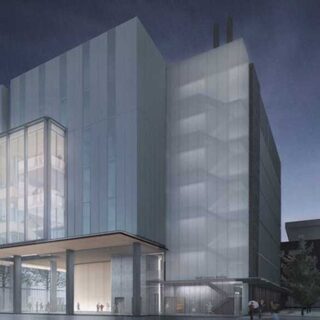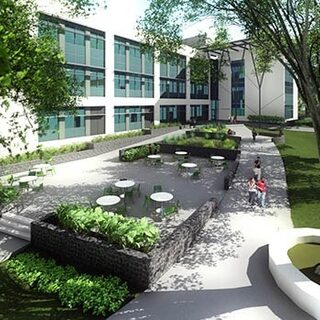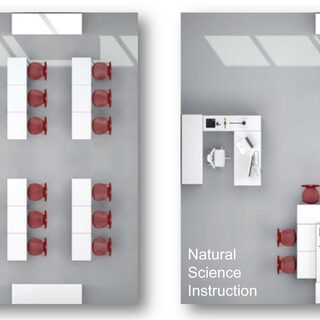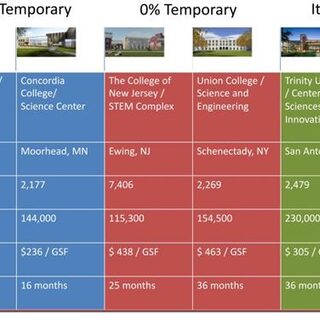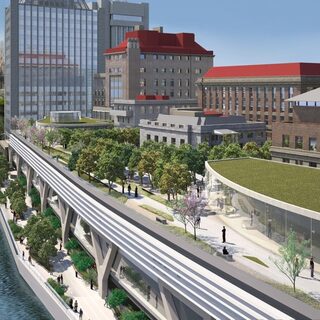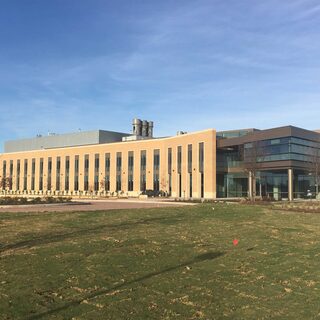Congress Moves to Increase NIH Budget; Secure Indirect Cost Recovery
There are positive signs that funding for scientific research will not only be maintained, but will once again increase. Earlier this month, the Senate Appropriations Committee overwhelmingly approved $36.1 billion for the National Institutes of Health for the upcoming fiscal year. If approved intact, it will mark the third consecutive year that the NIH receives a $2 billion increase. The House Appropriations Committee already approved a $1.1 billion increase.


